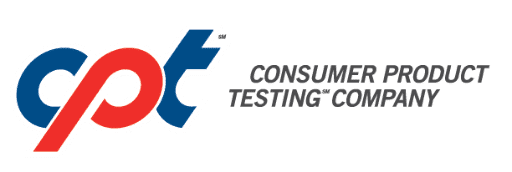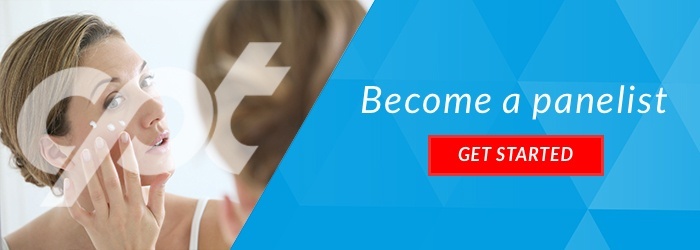When developing the latest products for human use, clinical studies are necessary to ensure the highest possible safety and efficacy.
Hair and scalp care product manufacturers must consider many variables in relation to the safety and effectiveness of the products they release into the marketplace. They will often seek the assistance of testing facilities that adhere to all industry standards.
What Types of Hair and Scalp Products Undergo Testing?
Since hair and scalp care products will come into contact with humans during their regular use, they must be determined as safe and effective. Additionally, manufacturers must substantiate any product claims. Some of the most common products that undergo testing include products for thinning hair, styling aids, dandruff shampoos, and color performance products.
If a scalp treatment claims to offer moisturizing effects and is ideal for sensitive skin, it must undergo thorough clinical testing to ensure that it does moisturize the scalp and that the treatment is safe for sensitive skin. Scalp claims commonly tested include moisturization, UV protection, and anti-dandruff. Hair claims commonly tested include UV and heat protection, growth, curl retention, luster, volume and strength.
Consumers take great pride in their hair, and when a product claims to offer a benefit, it must do so to maintain customer satisfaction. A product must also be safe to protect the company’s reputation. By developing quality hair and scalp care products and further testing their effectiveness, new products can be developed from positive consumer feedback.
How These Products Are Developed and Tested
Hair products must be tested both during and after the development stage, so the final product will work as advertised and be safe. Hair products pose greater challenges, such as eye safety and UV protection.
Ocular irritation tests may be necessary, especially if a manufacturer claims that their product is a “no tears” product. By implementing in-vitro toxicology methodologies, a manufacturer can estimate the overall level of eye irritation. If appropriate, a clinical trial can be designed to determine the exact level of eye irritation.
Photobiology testing methods are available for a manufacturer who would like to better understand how their product reacts to sun exposure. Through photoallergy testing and phototoxicology testing, the manufacturer can determine the safety of their product during and following UV exposure.
After a product is tested for safety, its performance will also need to be verified. A dandruff shampoo, for instance, will need to be tested in-use to verify its overall effect in reducing flaking. A hair growth shampoo will need to be tested in-use to verify its ability to increase the number of hairs. By testing key variables, the effectiveness of a product can be validated.
Opportunities to Test the Latest Products
Product panelists are required when testing these products for safety and efficacy, including consumer preferences, acceptability, and tolerance. By volunteering as a panelist, you will be able to access the latest opportunities in relation to hair and scalp care products that have not yet reached the market.
This will provide you with a unique opportunity to try the newest products while voicing your personal opinion. You will be contributing to something greater than yourself, as you support both manufacturers and the general public. Be sure to check out the latest studies and apply to become a panelist today!

